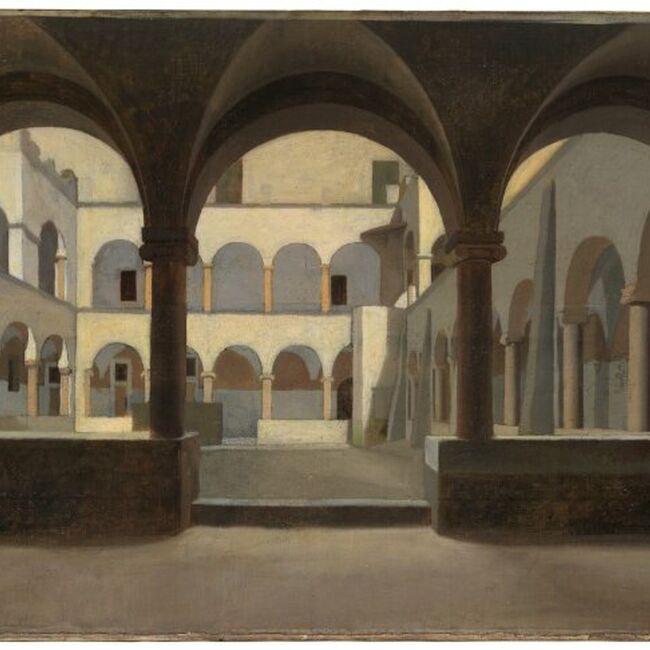A 200-year-old painting often has a motley history. It has changed owners, has been damaged and sometimes even reworked. This story is rarely possible to study with the naked eye, but with modern technology it is possible to uncover most things.
In connection with the exhibition the Danish Golden Age, we have investigated a study by Christoffer Wilhelm Eckersberg painted in Rome in 1815. The aim has been to find out more about the artist’s approach, and about what the painting has been through since he took it home with him from Rome to Copenhagen. Under layers of paint, appeared a figure that showed the way to an interesting story.
The technical analyzes were made by Nationalmuseum in a close and very successful collaboration with Statens Museum for Kunst/Center for Art Technological Studies and Conservation (CATS)
Explore the Art




The Hidden Story - What Research Can Tell
Here you can see the different methods used to map and analyze the materials in Eckersberg's painting The Cloister in S. Maria in Aracoeli, on display in the exhibition The Danish Golden Age presented in 2019. The results of the study are presented in detail.
The Danish Golden Age
From February 28 until July 21, 2019, Nationalmuseum presents the exhibition The Danish Golden Age, which comprises the very best of Danish painting from 1800 to 1864. Here you can read more about the exhibition and discover some of its artworks.
